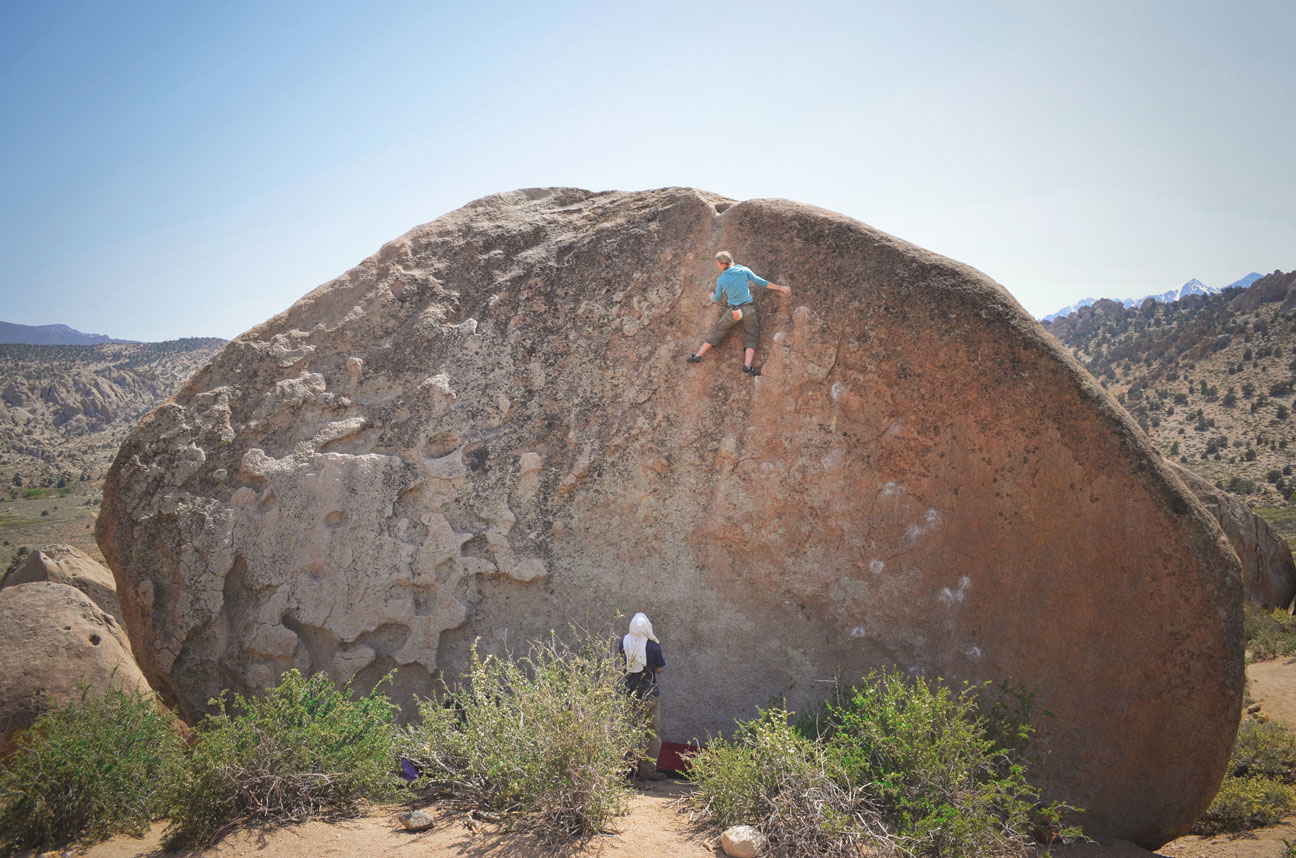
TEACHING PHILOSOPHY
Taking Risks: A Change in Perspective
I have a fondness for heights. As a child, I couldn’t wait until the fall season when the small town I grew up in would hold their September celebration called simply, The Ledyard Fair. What I looked forward to was not the fried dough, the parade of winning livestock, or even the tractor pull, it was, truly, the beloved skyscraper tall Ferris wheel. My sister and I would gleefully race our bikes the two miles up hill towards the fairground, using our hard earned allowance money to ride that Ferris wheel. The operator was a tall lanky man who liked to “terrify” the local children by abruptly stopping the wheel due to some “mechanical error” leaving us stranded, our feet dangling hundreds of feet up. I simply loved it.
Often I think of this man, and silently thank him because, as an adult, I have found a great deal of inspiration from being a rock climber and alpinist. I am happy when hanging from an anchor on a ledge looking downward at everything I left behind, seeing objects I passed earlier on foot from a completely different vantage point. When I observe closely I see the patterns and shape of the landscape below, the changes in light as it finds its way through cracks in the clouds, illuminating the granite and green masses below, while moving with the wind towards the horizon. Through this change in perspective, I suddenly feel a part of something bigger than myself. Oddly enough, this is precisely how I feel when I am creating a visual work of art.
Like alpinism, creating visual art is a process of continual observation both externally and internally. The uncontrollable variables and the multiplicity of challenges that you strive to overcome are the foundation for the inner observations that lead to self-discovery. Through alpinism and the visual arts I have learned the importance of taking risks, close observation, tenacity, critical thinking, self-knowledge, adaptability, and above all else empathy and compassion. It is these essential qualities that I consider most when I teach.
I believe that once students feel comfortable taking risks it opens them to develop all the essential qualities mentioned above and to become life-long, independent, motivated learners. As an educator, I strive to create an environment where students feel that their knowledge, thoughts, opinions, and creative work are all equally respected and valued. Through including collaborative and team building exercises as a part of instruction, a supportive peer group can be created that genuinely believes in the strengths and contributions of every student. The process of fostering an open dialogue is encouraged by engaging students in discussions about creative work that relates to current issues and trends that affect their lives. By having a reference point, students bring personal experiences, reflections, and thoughts to discussions that lead to critical analysis and thorough investigations of visual images.
I’ve found that developing a wide variety of assessment tools (group critiques, journals, writing, sketch books, individual meetings, portfolios) that clearly define goals and expectations from the start of a project, and are implemented in stages, eases student anxiety. In order for experimentation to occur, students must feel confident that their evaluations are not affected negatively by an unexpected result. As an artist, I take risks with my work, and the result of following a unique approach is sometimes disappointing. Through experience, I understand that these “disappointments” eventually lead to personal insight, creative discovery, and a series of successful endeavors. It is my hope that my students leave my class with a similar understanding.
As I guide students through the experience of finding a creative voice, I spend a great deal of time reflecting and reviewing my teaching methods because I do not want to instill my own biases and creative preferences on them. I extend this same kind of personal reflection to the effects of popular media on my students and how it affects their development as artists. For many of my students their only exposure to media is limited to mainstream web, television, mobile devices, or homogeneous theaters. Because of this reality, I strive to implement lessons that raise questions about the power of visual language. These lessons give students a forum to think critically about the creative work they are in the process of making as well as a forum to discuss how these images create meaning and transmit values and beliefs. I have also found that through providing opportunities for students to to view a variety of art created by both historical and contemporary artists broadens their knowledge and exposes them to diverse approaches and viewpoints. Showing work by artists that followed their inner voices demonstrates that constructing a work of art differently from what we are accustomed to viewing can have tremendous power and meaning.
I feel privileged to have had so many opportunities in the past to work as an educator in various settings. It is because of these experiences that I have discovered my love of teaching. I know that as my students are taking risks and viewing things from a different perspective, I am compelled to do the same. As I guide my students in their self-expression they provide me with a chance to follow paths of self-discovery, and to see life in a fresh way. I love to teach because I also love to learn. I have always wanted to feel that the time and energy I put into a job is making a difference somehow, and it is through teaching that I have found work that is incredibly fulfilling and always inspiring.
Lynn Robinson

